
Positive Mobility
eMagVINCI Concessions and the six faces of innovation
We hear the word innovation almost all the time, in almost every speech, article or tweet. But it risks losing its power and meaning, because there is more to innovation than simply meeting a technological challenge. Above all, it means acting with a precise goal, delivering an advance that will make a real difference to users’ lives. Why do we innovate? Here are the answers from VINCI Concessions.
Innovate to… anticipate
On the SEA HSL
Regular maintenance is critical on the South Europe Atlantique (SEA) high-speed line that runs from Tours to Bordeaux. Collecting high quality data is essential to this critical task. LISEA, the concession owner, and MESEA, the maintenance contractor, rely on a specialist surveying wagon known as DRING. It means they can collect high-quality track geometry data on a weekly basis. The data gathered makes it possible to make projection for the future and anticipate how track geometry will alter over time.
What are the benefits? This innovation from VINCI Concessions delivers constant improvements to the quality and safety of the track. It also leads to a considerable reduction in the frequency of track maintenance operations. This saves significant amounts of time and money, with a single, clear objective: extend the line’s overall lifecycle while ensuring the very highest safety standards.
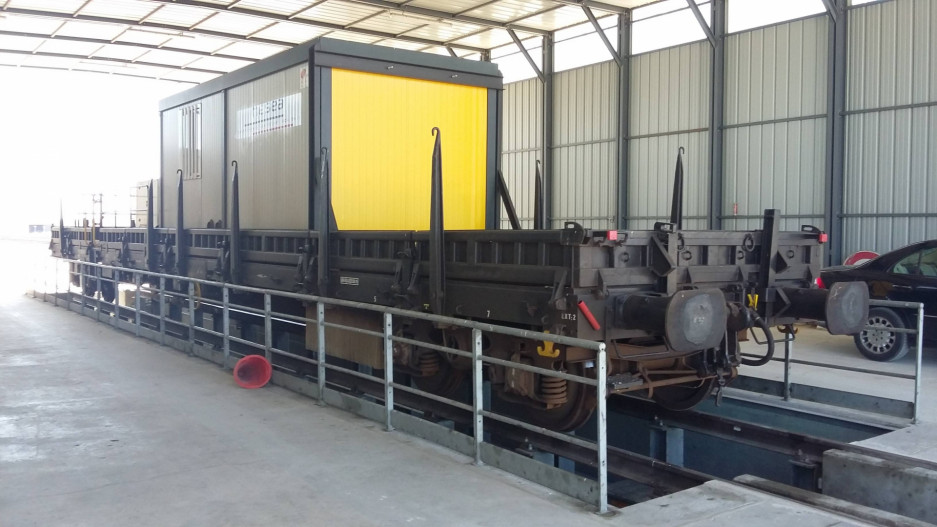
Innovate to… build better
At Santiago airport in Chile
VINCI Airports carried out a massive programme of works at Santiago airport. The major project was delivered in two stages: work to upgrade the existing terminal, which is now used exclusively for domestic flights, while also constructing a new international terminal at the same time. The VINCI Construction Grands Projets teams used building information modelling (BIM) from the very earliest stages of the design process. BIM is used to create 3D models of the entire infrastructure and centralise all data and information from every participant in the construction process. Using BIM makes it easier to prepare maintenance schedules for buildings ahead of time, and provides highly detailed information about construction progress.
What are the benefits? Using BIM optimises coordination between multiple companies involved at the construction site. This helps ensure quality is maintained and deadlines are kept. And using BIM means it is possible to make predictions about factors that are key to any infrastructure’s future (resilience, maintenance, upkeep, etc.), from the very beginning of a project.
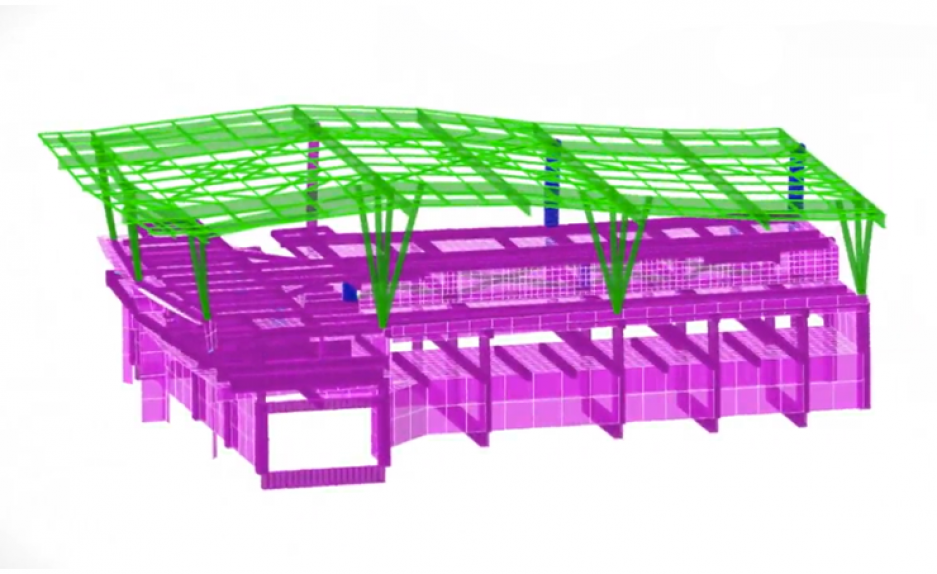
Innovate to… improve resilience
With project MEGE and tetrapods
Infrastructure is built to last, and sometimes also to withstand exceptional weather events. Project MEGE, for structural monitoring of large structures, focuses on how structures behave when subjected to abnormal forces, and how they alter over time. MEGE has led to the development of two innovations. First is a site survey of the berm breakwater subject to significant erosion at this site, caused by the action of waves. This provides a continuous online assessment of the state of the structure. The second significant advancement from MEGE is the ability to monitor the deformations of the airstrip structure, by measuring the deflections of its slabs and support beams.
What are the benefits? Thanks to MEGE, teams are able to pinpoint where interventions are needed. This increases safety while reducing inspection and repair costs.
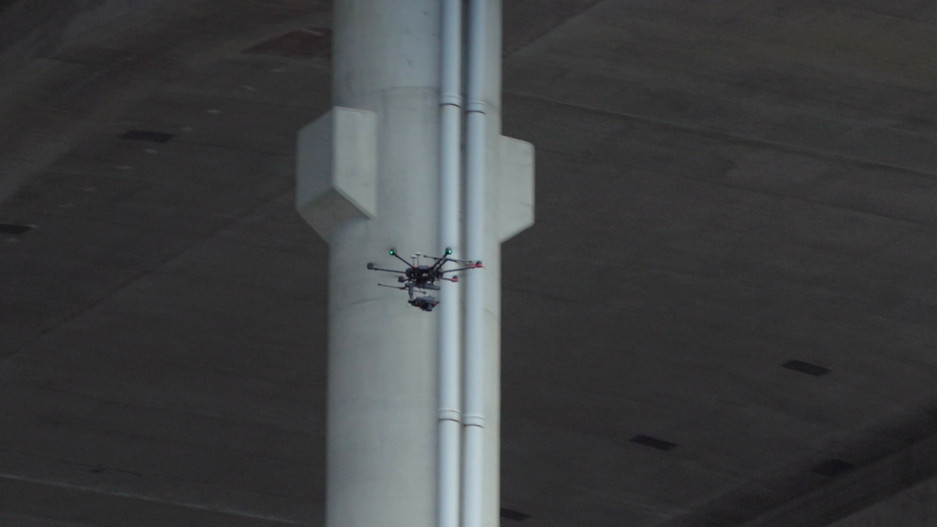
In Japan, Kansai international airport, managed by VINCI Airports, sits on an artificial island in Osaka Bay. This means it is exposed to the typhoons and earthquakes that regularly occur in the region. To reinforce the resilience of this unique infrastructure, VINCI Airports designed concrete tetrapod structures which, once submerged, are very effective at dissipating the energy of marine currents.
What are the benefits? The 48,000 tetrapod structures protect Kansai airport from sea swell and flooding.

Innovate to… improve traffic
In Peru
Lima Expresa, the Peruvian subsidiary of VINCI Highways (VINCI Concessions), has signed a deal with Waze, the app that provides drivers with navigation and traffic updates. This means the expressway’s control centre is fed real-time information about incidents signalled by the app’s users. The app is also automatically updated if an incident is spotted by one of the 120 traffic cameras fitted to the network. It also help to reduce the time to activate road assistance, cranes, ambulance teams or firefighters and National Police. Via 40, the Columbian subsidiary of VINCI Highways, will soon be integrating this new system too.
What are the benefits? Constantly updated information allows drivers to adapt their routes as needed. This helps traffic to run more smoothly on a very busy road that passes through highly built-up urban areas.
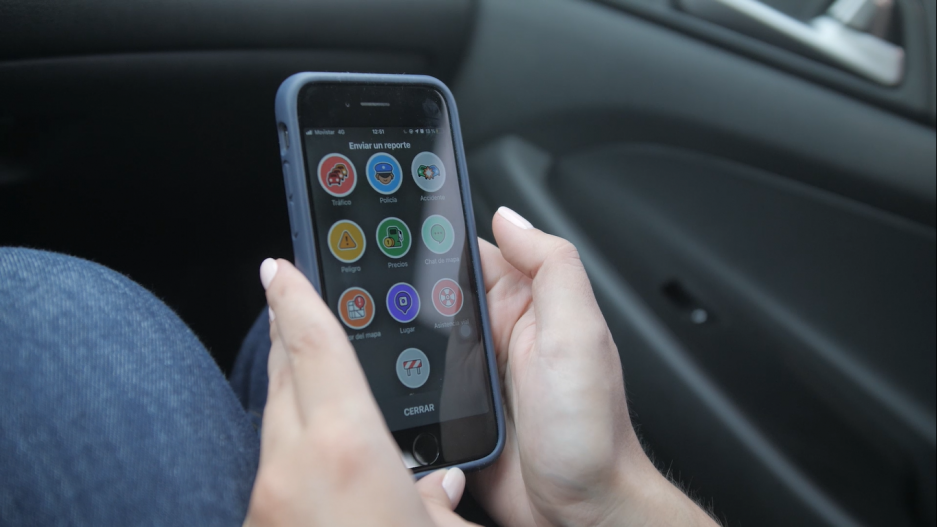
In France
A VINCI Airports innovation, MONA is an app that is set to revolutionise the passenger experience: users simply show their face to open airport checkpoint barriers automatically — there’s no longer any need to show your paperwork before boarding! Simplicity is the keyword: once they have an account, users’ faces are scanned, meaning they can use facial recognition to pass through the boarding gate. They no longer have to constantly present their identity papers and boarding cards. Already available at Lyon-Saint Exupéry airport, this innovation is now being rolled out at other airports in the network. Apart from the biometrics service, MONA also acts as a digital travel companion for any flight, to deliver to the passenger personalized and real time information to accompany the journey step by step, from home to place.
What are the benefits? A totally new passenger experience, easier and smoother! It gives passengers more time to enjoy the airport facilities.
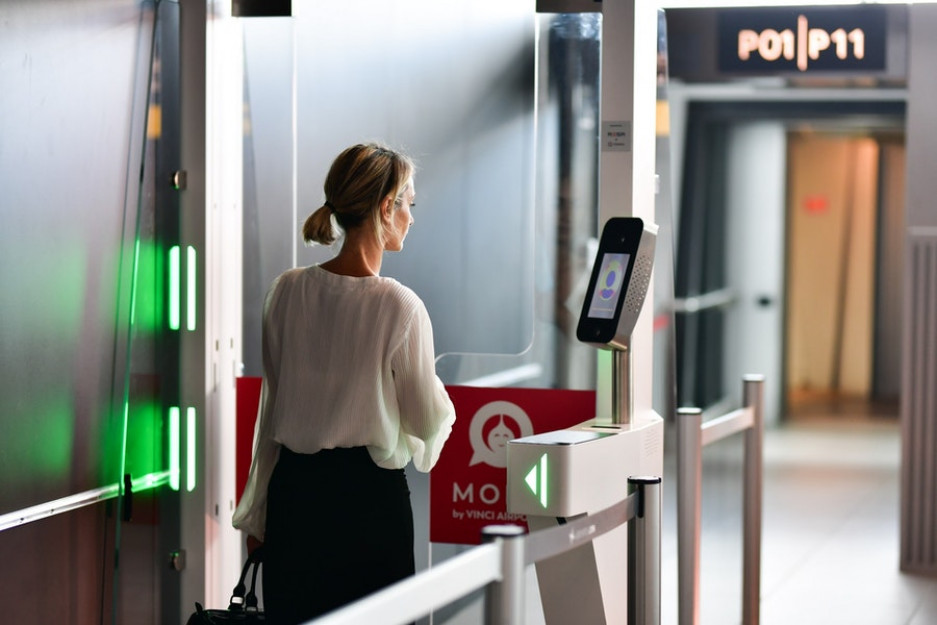
Innovate to… increase security
With robots in Japan
Passenger safety is a critical feature of the customer experience. Kansai airport in Japan has developed autonomous patrolling robots. The innovative robots work as a complement to the airport security teams, patrolling the same routes. Built-in cameras capture images as they move around, increasing the number of locations under surveillance.
What are the benefits? Safety first! Heightened safety and a pleasanter and safer an airport experience for all passengers.
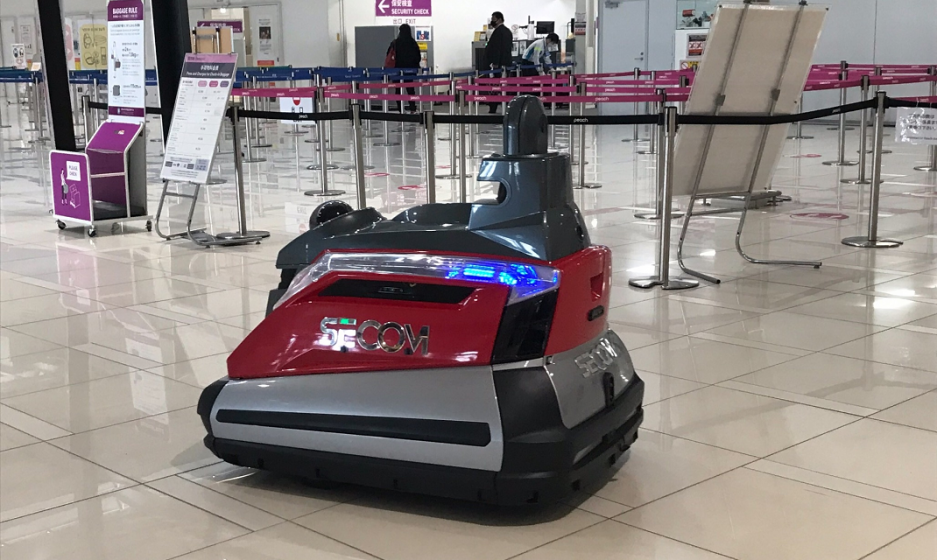
With robots in France
Lyon Aéroport is testing a autonomous fence control robot, to be able to reinforce and automatize security controls on the ground. Thanks to LiDar technology, the robot controls with reliability a large outdoor perimeter.
What are the benefits? Safety first!
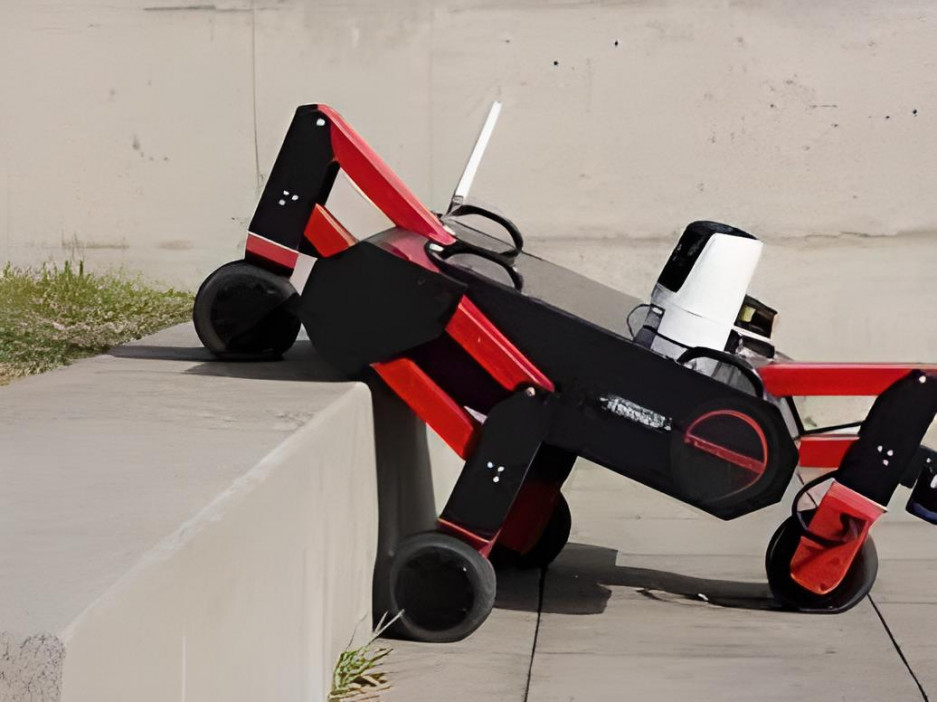
Innovate to… protect the environment
At Lisbon airport
Today, making the best use of all available data is central of many innovations. Our teams at Lisbon airport focused their attention on the amount of time aircraft spend taxiing. The idea is to make the finest possible analysis of carbon emissions and fuel use when aircraft are on the ground. A shared tool then sends the indicators to a range of interested parties, airlines and air traffic controllers in particular.
What are the benefits? Shorter times between take-off and landing slots to reduce aircrafts’ carbon footprint on the ground as much as possible. This is another key stage in the shift to more sustainable airports.
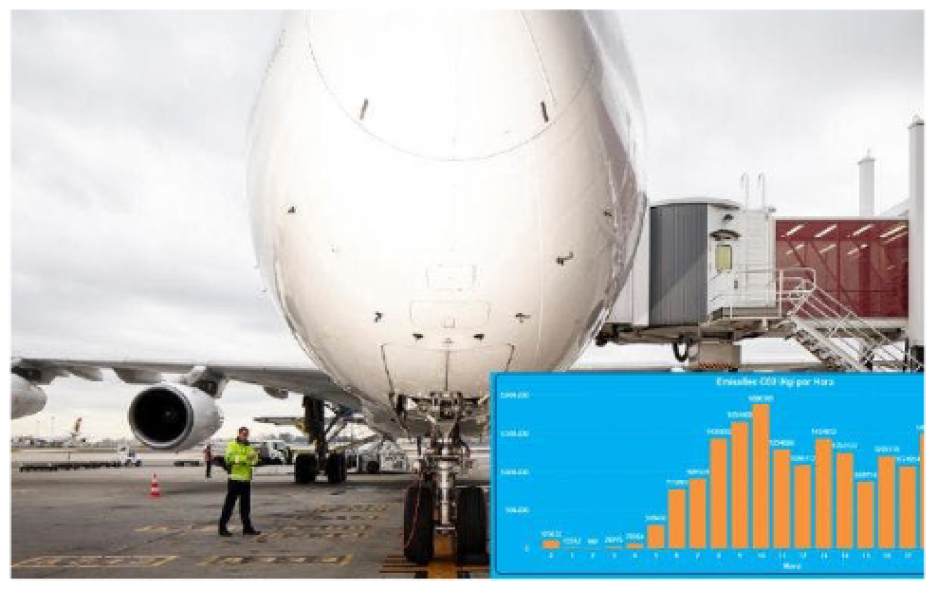
At Salvador Bahia airport
Every air-conditioning system inevitably produces water through condensation, water which is then wasted. Salvador Bahia airport decided to put a stop to this practice. Water is now recovered from every one of the site’s 23 air-conditioning units, which produce an average of two litres of water every minute. A total of 17,200 cubic metres are stored for reuse in the airport’s cooling towers.
What are the benefits? No more waste! The water recovery system has cut the site’s water use by 25%.
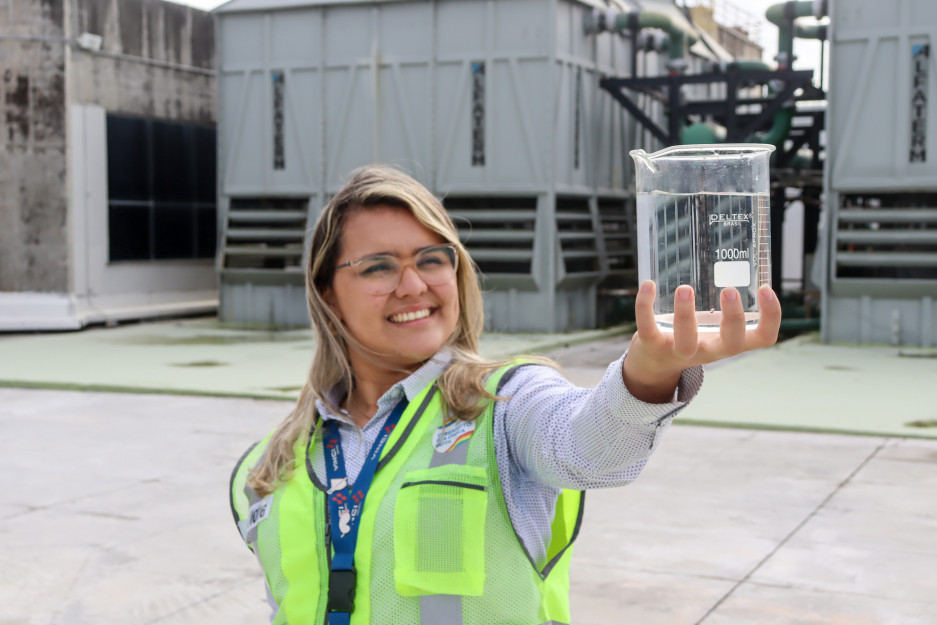
Innovate to… enrich customer experience
At Lyon airport
Passenger experience is a real concern for our airports. 4 new innovations are currently tested on Lyon to upgrade the time spent at the airport.
- The passenger can interact with a jukebox to choose the music broadcasted at the boarding gate
- He can consult virtual reality videos through a kiosk to discover and travel in various destinations… before the flight
- The passenger can book in advance or in situ a quite and connected cabin, for a specific call or work session.
What are the benefits? Experience and satisfaction first! We want time at the airport to be regarded as a pleasant time, during which passengers can benefit from experiential and entertaining services. Thus, we create brand value, loyalty and potential additional revenues.
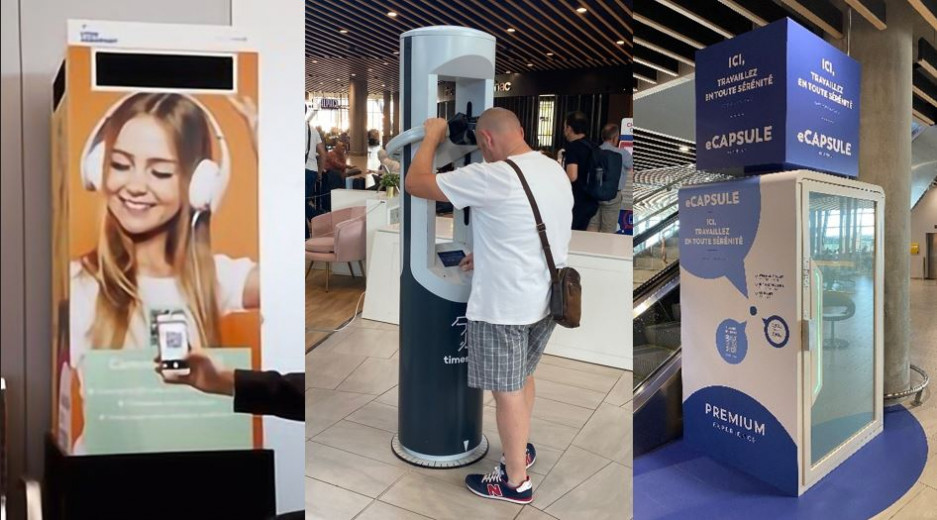
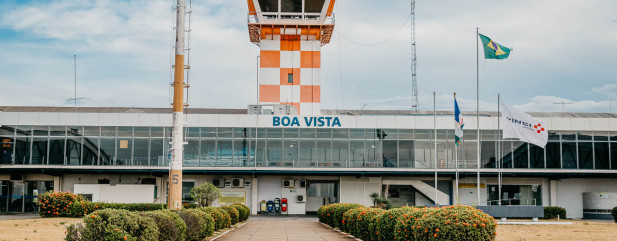
Brazil: eight airports supporting local economic growth
Having taken over operation of Manaus Airport in January, VINCI Airports now operates eight airports across Brazil. ...
Discover